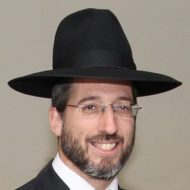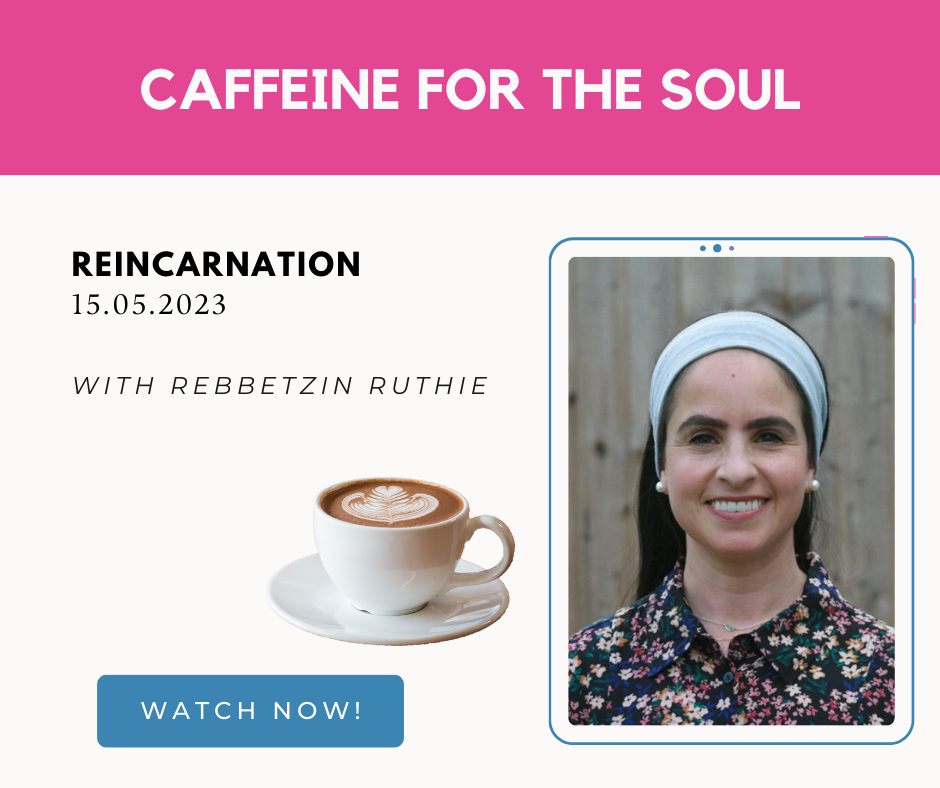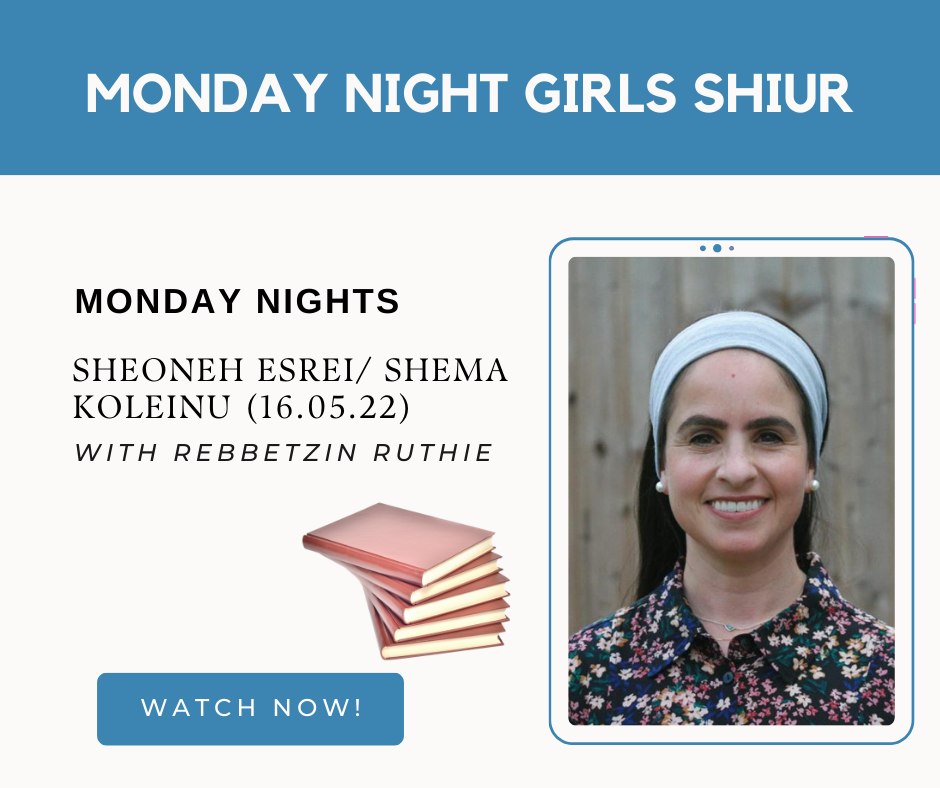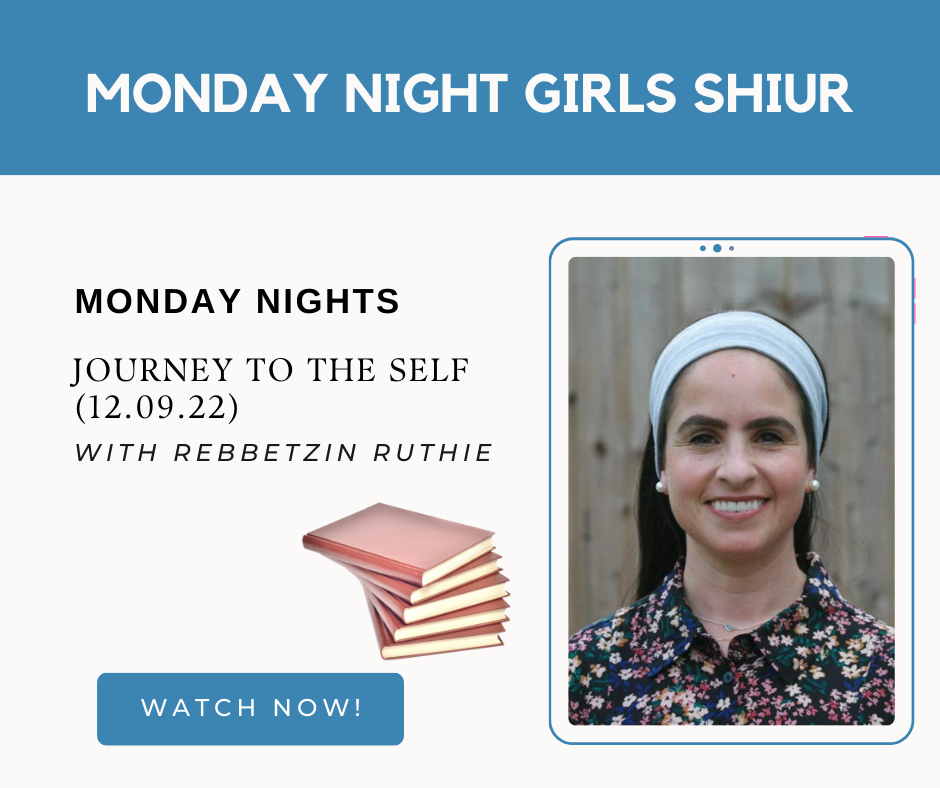
A recent article featuring celebrities without make up went viral. Many of their ‘real’ faces were not recognised by followers. Society nowadays seems to put so much emphasis on beauty and looks. Is this also a Jewish view?
In this week’s Parasha, the Torah describes at length what the Kohen Gadol should wear when performing his service (Avodah) in the Temple (Mishkan).
The Pasuk states, “VeAsita Vigdei Kodesh LeAharon Achicha LeChavod UL’Tifaret,” “And you shall make holy garments for Aharon, your brother, for honour and splendour” (Shemot 28:2). Two Pesukim later, Hashem enumerates the necessary garments: a Choshen, an Eifod, a Me’il, a Ketonet Tashbeitz, a Mitznefet, and an Avneit (28:4). The Torah then goes on to explain how to make each one of the garments. The obvious question that arises is why the Kohen needs to wear special clothes when he works in the Temple. Surely looks are superficial and we should make more emphasis on our inside rather than our outside?
We find ourselves in a similar situation every Shabbat. As you read this, what are you wearing today?
The Prophet Yishaya (58:13) relates; “And you shall honour it [the Shabbat].”
The sages interpret “honour” as a reference to the type of nice clothes that cause others to respect the one wearing them.
Yet again we find ourselves asking why we need special clothes for Shabbat; after all, we are the same people regardless of what we wear!
The theme of beauty seems to take great emphasis within the Torah.
The Mishkan was replete with gold and silver. Designed and built according to prophetic instructions, followed by the magnificent Bet Hamikdash in Jerusalem these structures were known to be of the most beautiful structures in the world.
Jerusalem itself is called the epitome of beauty in the Book of Lamentations.
Furthermore, when it comes to keeping the commandments, the Torah instructs us to beautify our fulfilment of commandments with physical beauty, and have a beautiful Sukkah, Shofar, and more.
The Torah itself emphasizes how some of our holiest ancestors, Sarah, Rivka, Rachel and Yosef were extraordinarily beautiful people — physical beauty noticed by the most powerful monarchs of the time.
The Talmud (Berachot 12b) explains that Rabbi Yochanan was forced to sleep on his back because of his enormous mass; Rabbi Yochanan was very much overweight. Although under contemporary society’s definitions of beauty, obesity is not a beautiful attribute. Furthermore, Rabbi Yochanan had huge bushy eyebrows, which had to be lifted by his assistants in order for him to see properly (Ta’anit 9a, Bava Kama 117a).
How easy it is for society to change ideals of beauty.
Nonetheless, the Talmud in multiple places describes Rabbi Yochanan as being physically attractive. Women who were trying to conceive would go gaze at Rabbi Yochanan so that when they conceive their children born would be as beautiful as Rabbi Yochanan was (Berachot 20a). Furthermore, in one incident, Rabbi Yochanan rescued a drowning bandit who he convinced to repent and become a Torah scholar. This bandit, who was later to be known as Rabbi Shimon ben Lakish, was taken aback by Rabbi Yochanan’s beauty and was convinced to return to Torah after Rabbi Yochanan promised him his equally beautiful sister (Bava Metzia 84a). From these Talmudic descriptions, it is clear that Rabbi Yochanan was “beautiful” but lacked certain physical elements, which are now used to define beauty.
The famous novelist Leo Tolstoy (1828-1910, author of War and Peace) once remarked, “It is amazing how complete is the delusion that beauty is goodness.” However, in the Talmudic vernacular, to do something beautifully, is to do that action properly (See Maimonides Laws of Divorce 11:7 and Laws of Marriage 4:9, which refer to “beautifully” examining someone’s intentions. In Halacha, when one properly salts meat, he is called “beautifully” salting the meat) and correctly. The Torah idea of real beauty is goodness!
Classical beauty stems from harmony. Without harmony, we tend to find visual stimuli either boring and bland or chaotic and overly busy. One example of harmony is found in symmetry; an image which is perfectly balanced is appealing.
The ultimate harmony is the union of the spiritual and physical worlds. It creates a beauty like no other, an effect so powerful that any attempt to imitate it is an insult to the notion of beauty.
Jerusalem is the essence of beauty in Judaism; it is the point where heaven and earth kiss, a bridge between two realms. According to Jewish tradition, the physical energy that sustains every part of the world flows from Jerusalem. King Solomon understood how Jerusalem connects every corner of the earth to its spiritual source, and was even able to plant in Jerusalem things indigenous to other parts of the world because he understood where each channel of energy stemmed from Jerusalem and extended across the globe. Jerusalem below is the physical counterpart of the spiritual energy that flows to the world, creating the perfect harmony between physical and spiritual.
The beautiful people in the Torah were living reflections of harmony between the physical world and the spiritual. Joseph, for example, was so handsome that the local women would climb the walls just to get a glimpse of him. Instead of letting physical pleasure dominate him, Joseph stood up to the test when tempted by Potiphar’s wife, and did not let his physical beauty sever him from the real harmony of living a spiritual life. Our ancestors described as beautiful were individuals whose physical attractiveness lived in perfect harmony with their spiritual essence.
The Torah commands the Kohanim to wear special garments during their service in the temple to portray the harmony within. Clothing is the interface between a person and their environment; it transmits its own energy both inwardly and outwardly. His inner beauty shone through and had an impact on both the Kohen and those who saw him.
Shabbat is the one day in the week that we can concentrate on our spirituality, yet at the same time partake in delicious food and company. It is the bridge between the spirituality and the physicality. We honour Shabbat, wearing the best of clothes to bring out our inner essence and shine through.
That harmony represents real beauty!
Sometimes we need a bit of help from our outer garments, feeling weak; we need a boost from the outside to the inside to convince ourselves of our potential and real beauty.
But the real focus in Judaism, attained by so many of our great leaders has always from the inside out.
It’s Shabbat! Wear those clothes with pride and honour to the Almighty, relax, and let your inner soul shine through.







